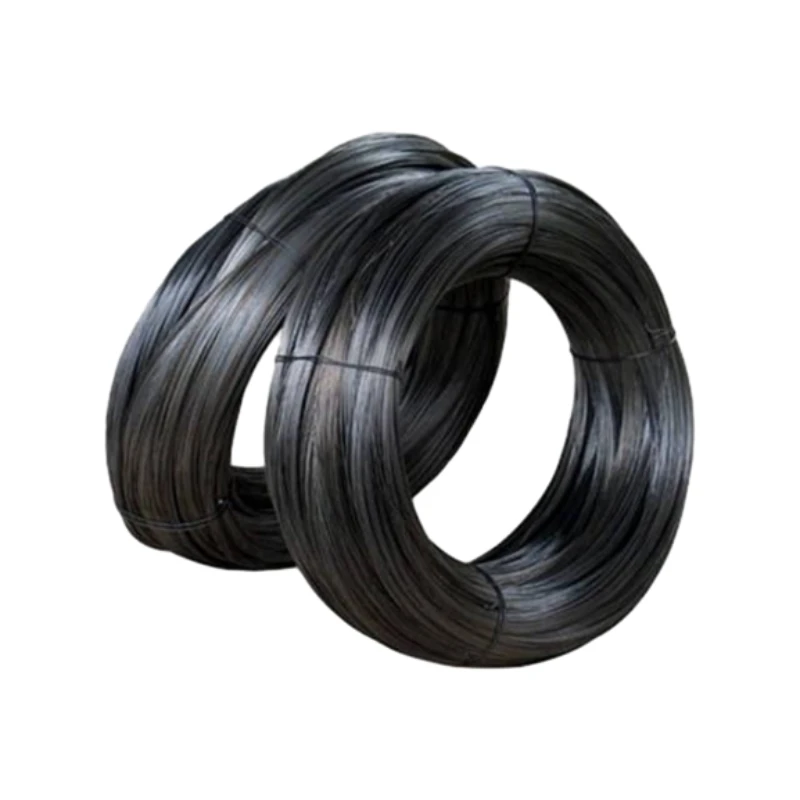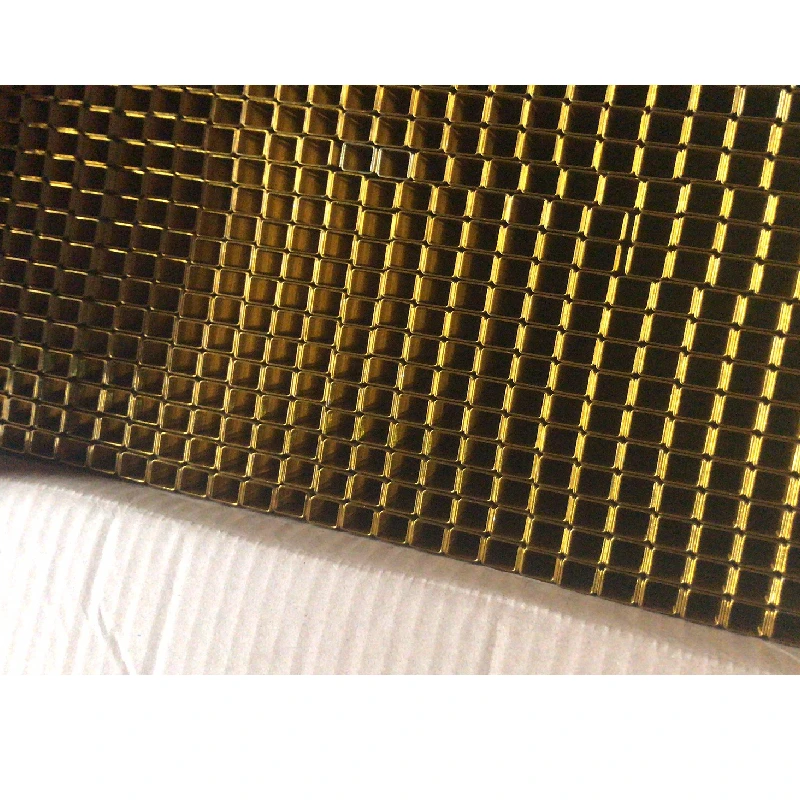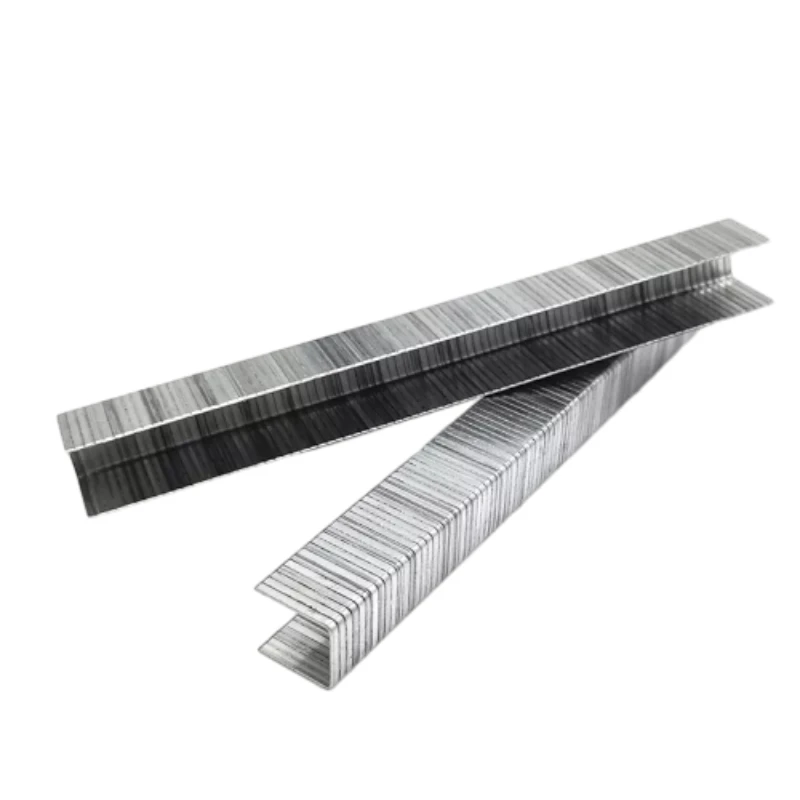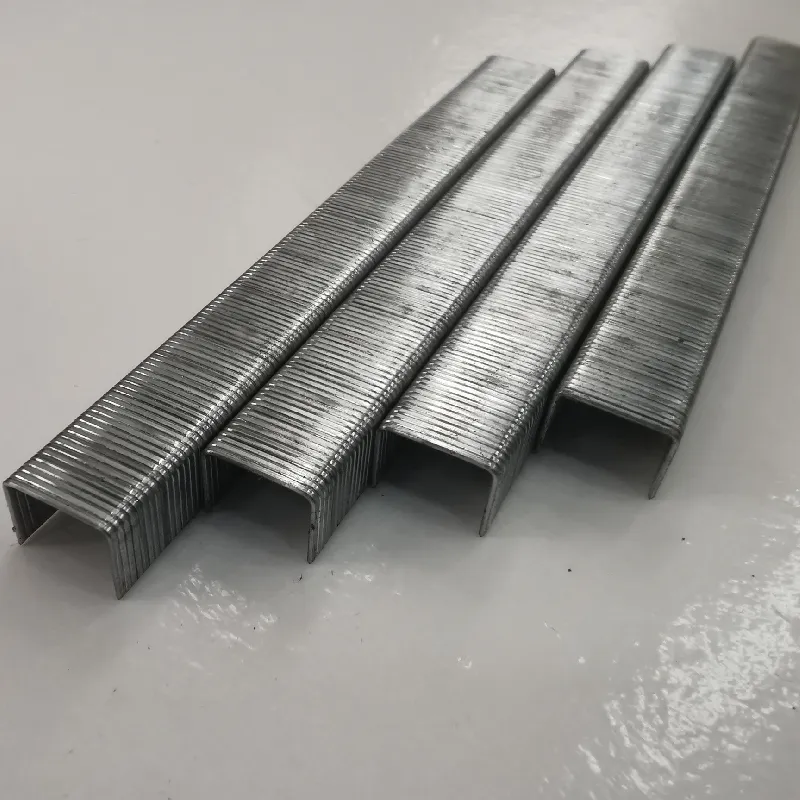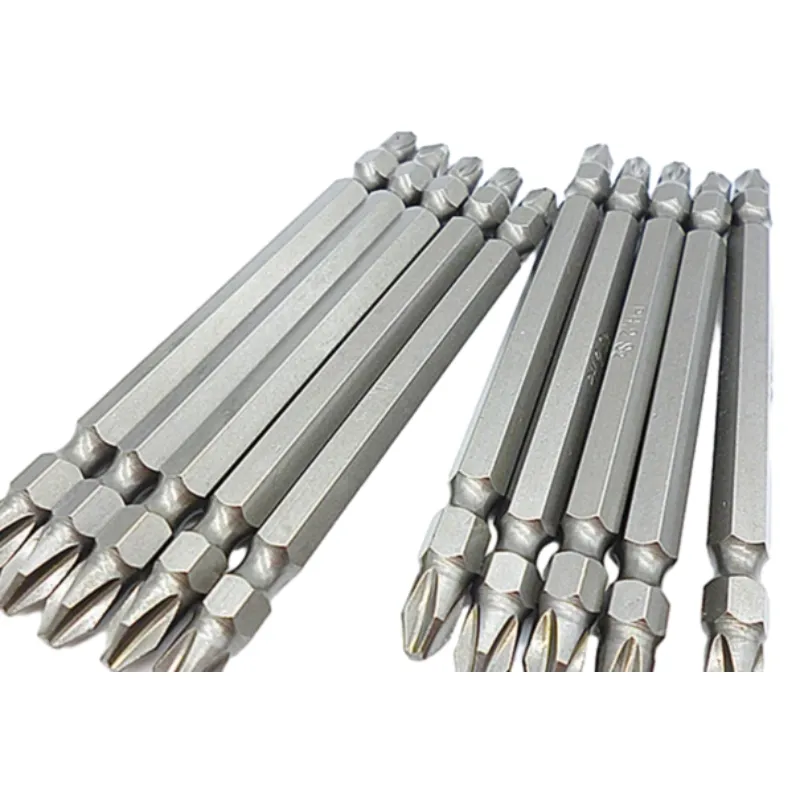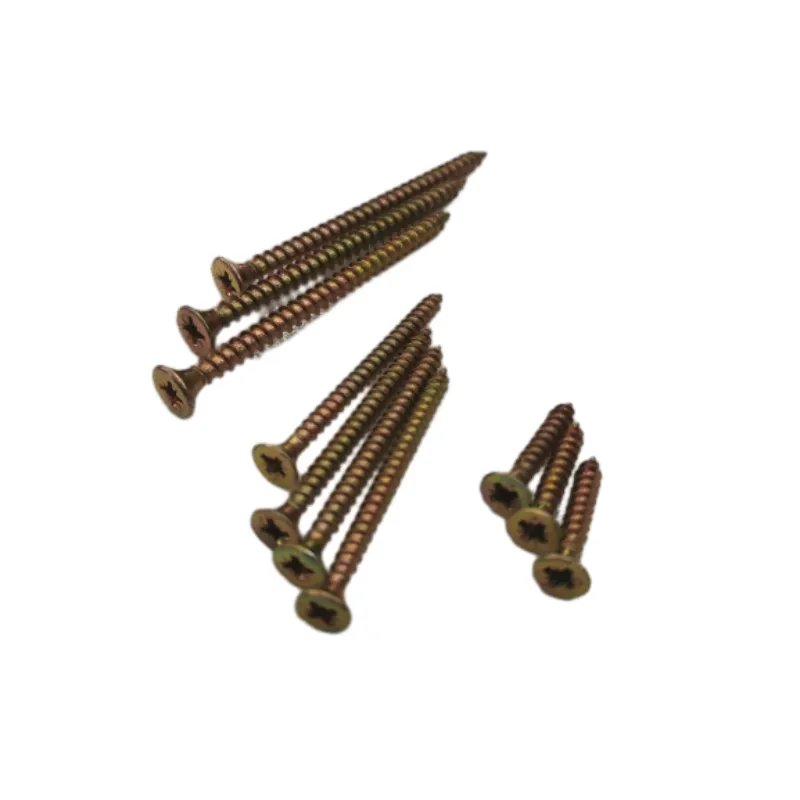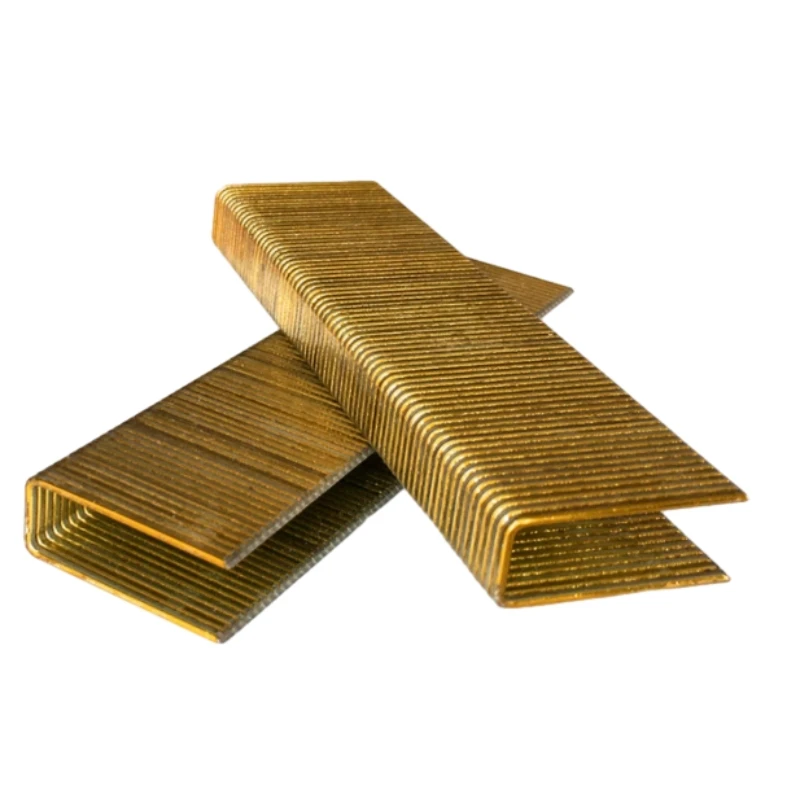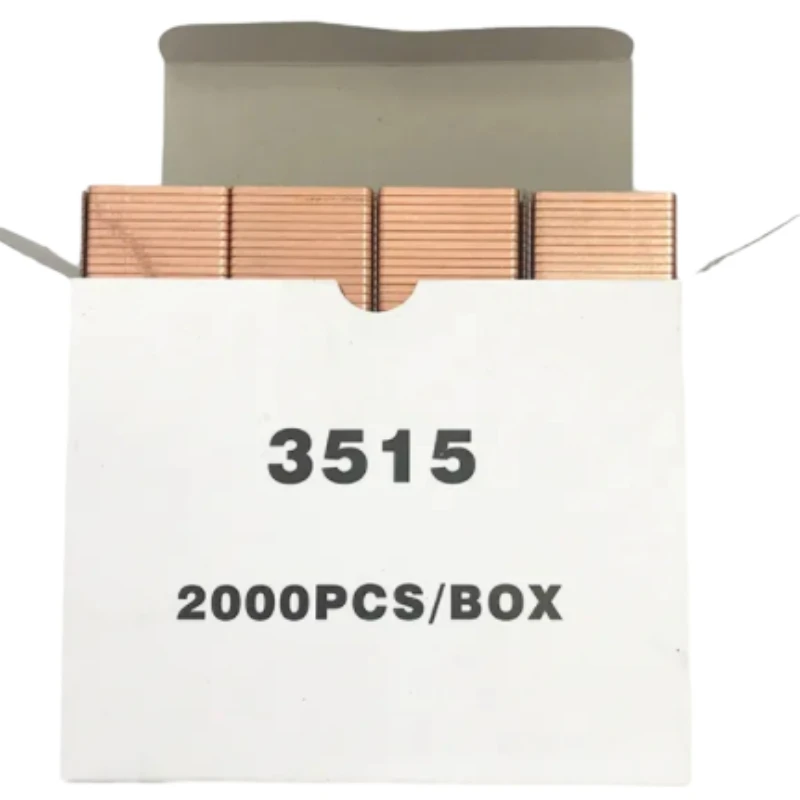Dây ủ đen
Black annealed wire is a type of low-carbon steel wire that has undergone an annealing process to enhance its flexibility and softness. During annealing, the wire is heated to a specific temperature and then slowly cooled, which helps relieve internal stress and makes it easier to bend or form. After this process, the wire is coated with a thin layer of black oxide, which gives it its characteristic dark appearance.
This black annealed wire is widely used in construction, agriculture, and packaging. In construction, it is commonly used as black tie wire for binding rebar in concrete structures. It’s also suitable for black baling wire, which is used to bundle materials like cardboard or plastic in recycling plants. The flexibility of annealed wire makes it an excellent choice for manual tying applications. Additionally, because black annealed steel wire is corrosion-resistant in dry environments, it's preferred in situations where long-term durability is not compromised by exposure to moisture.
Compared to galvanized wire, black annealed tie wire is more cost-effective, making it a go-to solution for temporary binding and internal use. Whether it's annealed steel wire for industrial bundling or black annealed baling wire for recycling, this versatile material meets a wide range of needs in multiple sectors.
What Are the Advantages of Using Annealed Tie Wire Over Other Types?
Annealed tie wire offers several advantages compared to other binding wires due to its flexibility, durability, and affordability. Because the annealing process softens the wire, it becomes easier to handle and manipulate by hand or with simple tools, making it highly suitable for tasks such as tying rebar, securing fencing, or bundling materials.
One key benefit is that black annealed tie wire doesn’t break easily when bent repeatedly, unlike some harder wires. This characteristic is particularly important in construction and landscaping projects where reliable tying is critical. In addition, black annealed wire adapts well to different environmental conditions, especially in dry or indoor applications, as it resists cracking and maintains its strength over time.
Moreover, annealed wire comes in a wide range of gauges and is often sold in spools, making it efficient for bulk usage. The black oxide coating of black annealed steel wire helps reduce visibility in finished structures, especially in decorative or architectural projects. Compared to galvanized wire, it’s also more budget-friendly, making it an economical choice for high-volume users like construction companies or recyclers needing black annealed baling wire.
Whether you're dealing with structural reinforcement or everyday bundling, annealed tie wire delivers the strength and malleability professionals trust.
How Does Black Baling Wire Differ From Other Binding Wires?
Black baling wire is specifically engineered for use in recycling and packaging applications, particularly for baling cardboard, plastic, and scrap materials. What sets it apart from other binding wires is its combination of tensile strength and flexibility, achieved through the annealing process. This makes it ideal for use in balers, where wire must be strong enough to hold compressed materials without snapping but still soft enough to thread through machinery.
The distinctive black coating of black annealed wire also plays a role in its performance. It minimizes friction during the baling process and provides a degree of rust resistance in dry storage conditions. Many facilities choose black annealed baling wire over galvanized versions due to its affordability and workability. While galvanized wire may offer higher corrosion resistance, it lacks the same pliability that annealed tie wire or black annealed tie wire provides.
Another advantage is the cost-effectiveness of black annealed steel wire, especially when used in large recycling or waste management operations. The consistent performance, easy handling, and availability in different gauges make black baling wire a staple in various industries where bundling is essential.
Is Black Annealed Steel Wire Suitable for Long-Term Outdoor Use?
Black annealed steel wire is not generally recommended for long-term outdoor use, especially in wet or humid environments. While the annealing process improves flexibility and the black oxide finish offers some surface protection, black annealed wire is more prone to rust than galvanized or stainless steel alternatives. If exposed to the elements, such as rain or snow, black annealed tie wire may corrode over time, reducing its structural integrity.
However, for short-term or temporary outdoor applications like construction site reinforcements, fencing, or scaffolding, black tie wire can still be a cost-effective and practical solution. It's often used in these contexts due to its ease of handling and lower price point compared to more corrosion-resistant materials. In addition, annealed tie wire is popular in agriculture for temporary plant support structures or trellises, provided it’s removed or replaced before it begins to deteriorate.
For permanent installations exposed to weather, it's advisable to consider galvanized or stainless steel wire instead. Yet for indoor, dry storage, or covered outdoor areas, black annealed baling wire and black annealed steel wire remain reliable and efficient choices for bundling, securing, and general-purpose tying.














































































































